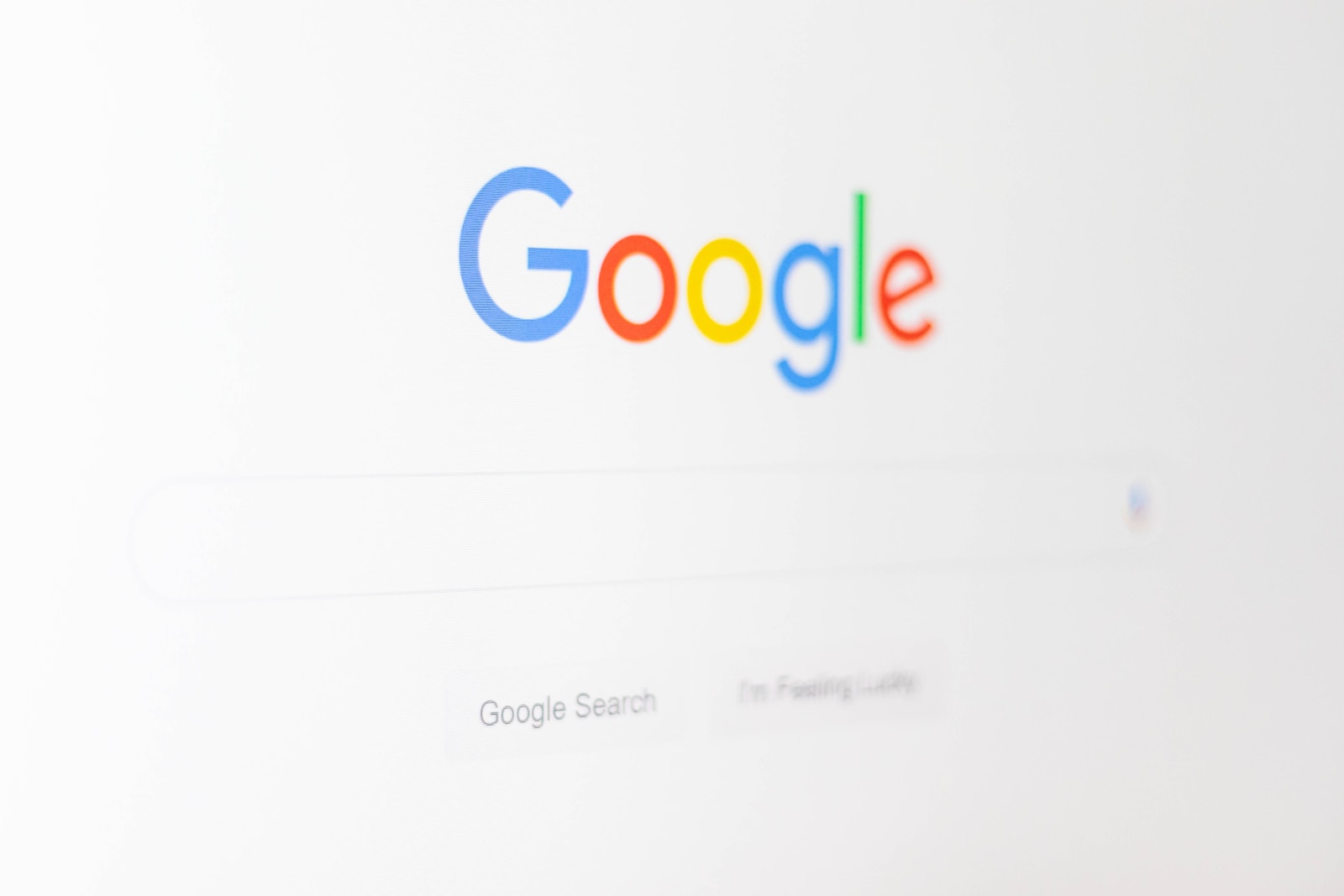It can be challenging to run A/B testing for SEO as opposed to for users. There is a lot of misunderstanding regarding issues like test design, accounting for outside variables, and some of the instruments that can assist you in conducting experiments.
These changes all result from Google’s increasing dependency on artificial intelligence and machine learning and they make it harder to explain, less dependable, and less consistent among terms what constitutes a ranking criteria. We frequently can’t fully know how an alteration will impact our own site. Until we put it out because the system is growing so complicated. In this guide, we will cover A/B testing in SEO with case studies and sample tests.
A/B testing’s advantages for SEO
One of the earliest public discussions of this strategy, which has been in use on several big sites for a while, was written by the engineering team at Pinterest earlier this year in an interesting post about their work with SEO tests. In it, they emphasized two major advantages:
1. Justifying more investment in regions with potential
They were able to concentrate considerably more forcefully than they would have been able to had prior studies not yielded a result. In the instance of the description, this effort finally caused these pages to increase by over 30%.
2. Avoiding making bad choices
The Pinterest team really needed to be able to display material client-side in JavaScript for non-UX-related SEO reasons. Fortunately, they didn’t blithely implement a modification and believe that their material will still be properly indexed. Instead, they merely altered a small number of pages while monitoring the results. They stopped the experiment and abandoned plans to implement such changes across the entire site when they observed a sizable and continuous decline.
What is the procedure for A/B testing in SEO?
We are unable to construct two versions of a page and divide visitors into two groups, each of which would see a different version, as is the case with standard A/B testing, which many of you will be aware with from conversion rate optimization (CRO).
Googlebot is the sole search engine, and it dislikes finding nearly identical results (especially at scale). Simply making two versions of a page and comparing their rankings is a horrible approach; even if we ignore the issue of duplicate content, the test would be tainted by the page’s age, effectiveness right now, and visibility in internal linking frameworks.
Suitable parameters for evaluating test success
The best success statistic for these kinds of studies is typically organic search traffic. Which frequently comes in the combination with ranking improvements since these can occasionally be seen more rapidly.
Since the primary objective of this test is to determine what Google favors, it is natural to believe that rankings alone would be the best gauge of success. We think that these, at the absolute least, need to be paired with traffic data because:
- In a world, locating the long tail of keywords to follow can be challenging.
- Some adjustments may increase clickthrough rate without increasing ranking position, and we wish to prevent this from happening.
How much time should testing last?
Google is more “logical” and reliable than the group of human users who determine the future of a CRO test, which is one advantage of SEO testing. This implies that you should be able to tell whether something significant is actually occurring of a test rapidly.
You must first choose a method before you can decide how long to run the tests for. However, you should be more concerned with statistically significant if you are being more careful or if you want to quantify the effects so you can decide which types of tests to prioritize in the future.
Do you think this is a good strategy?
The innovative configuration, which we discussed above, is made expressly to avoid any problems with cloaking since every site visitor has the exact same reaction on every webpage, regardless of whether that page is a part of the test group or not. Including Googlebot in this.
There is also no chance of creating doorway/gateway pages because it is intended that the changes we identify through this testing serve as the foundation for new and better regular site pages. These ought to be improved versions of pages that are already legitimately present on your website.
What drawbacks are there?
The truth is that it’s really extremely difficult. Most content management systems (CMS) don’t allow modifications to be made to arbitrary groups of pages, and it’s challenging to collect and evaluate the data necessary to draw the appropriate conclusions. Even on large sites, there remain theoretical constraints, particularly when it comes to comprehending and evaluating the effects of modifications like internal connection structures that have unanticipated implications throughout the site.
Conclusion


A/B testing is a scientific methodology for measuring the success of a particular test. It forces you to think methodically, as opposed to subjectively, about your SEO efforts. In turn, this will help you improve the bottom line performance of your SEO campaigns. The ultimate result? Better rankings and more traffic.




















Leave a Reply
View Comments